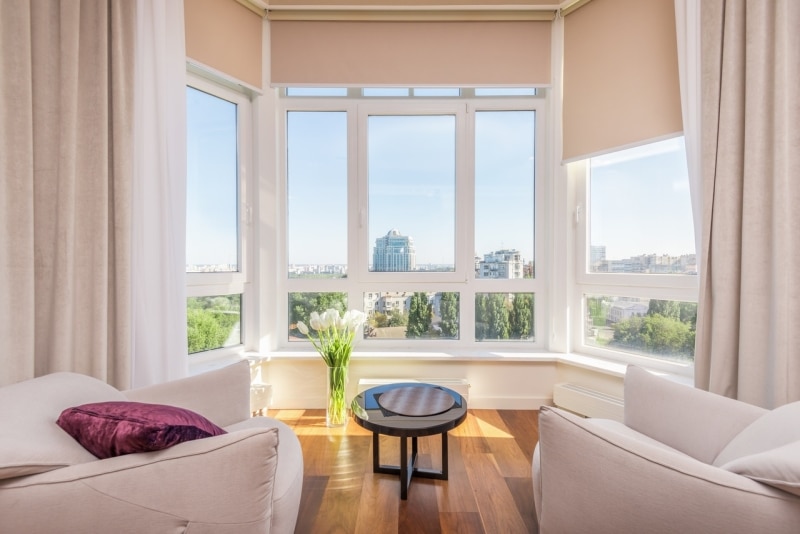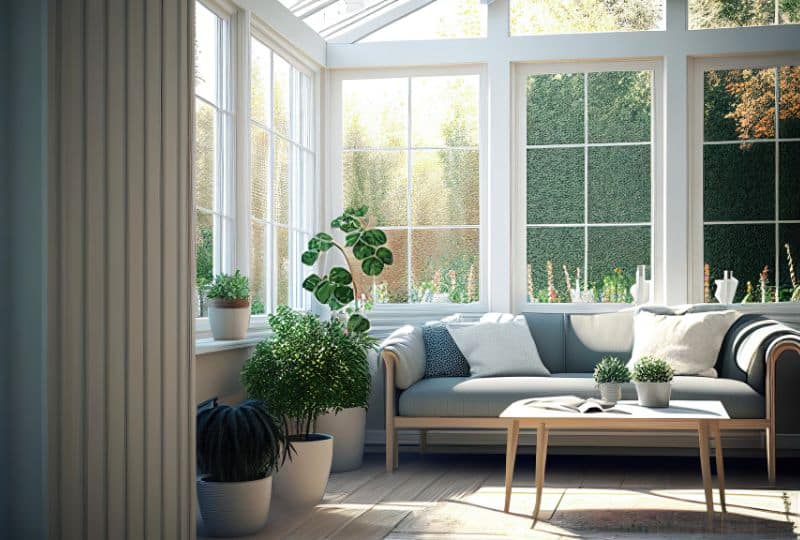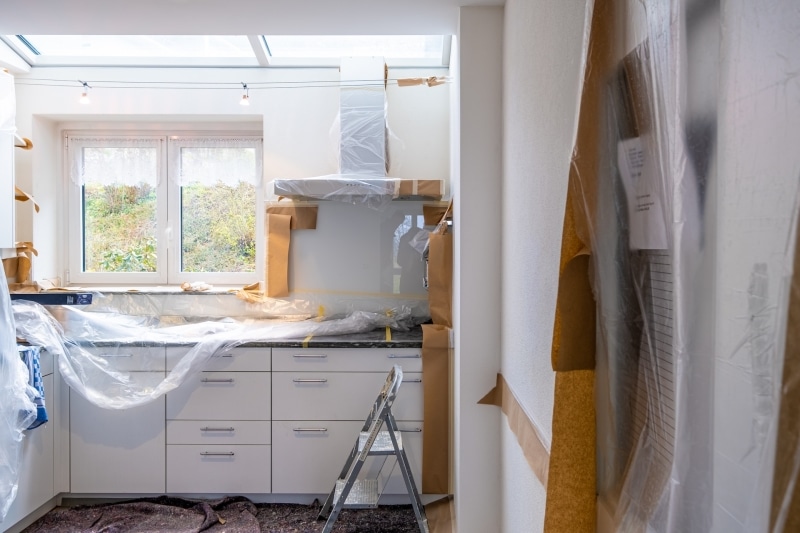Sunrooms allow you to enjoy nature’s beauty without needing to step outside. It combines the comforts of indoor spaces with exposure to the sun and nature.

They also make a great home addition, adding extra value to your property, appeal, and available space. It creates numerous bonus rooms, offering a range of uses, from dining to entertainment space.
Here are three things to consider when designing a sunroom and how to optimize your design.
1. Sun Bleaching
As their name suggests, sunrooms get a lot of sun exposure. Their entire purpose functions around creating sunlit spaces and inviting the sun’s sparkly beams into your home. Although natural lighting creates a calming atmosphere and a bright, airy room, intense sunlight also brings to light certain design issues.
Sun bleaching plays a huge part in causing wood floors to fade. The sun’s radiation stimulates a chemical reaction with the wood’s fibers, causing them to bleach and break. On top of fading your floors, sun bleaching also affects other wooden features, like furniture and décor.
Decking your sunroom with wooden design concepts and furnishings may create the ultimate down-to-earth relaxation spot. However, it comes with some consequences and requires added attention. Use wood finishes with sun protectants and furnishing coverings to protect items in your sunroom from bleaching.
2. Placement Location
Sunrooms heavily revolve around the sun, making its placement an important factor to consider. In most places, south-facing rooms receive the maximum amount of light exposure as they see the most hours of the sun.

Image Source: pexels.com
However, placing your sunroom on the west side of your home gives you front-row seats to sunsets. The optimal sunroom location for your home depends on your preferences. Whether you prefer watching watercolor sunsets paint the sky or a sunrise’s streaks of orange in the morning, where you place your sunroom affects the experience you receive.
3. Weather Practicality
The majority of a sunroom’s structural design consists of windows. This allows the room to capture the most light, provide you with stunning views, and make you feel closer to nature. It also gives weather more ascendancy.
Unlike walls, windowpanes provide minimal insulation, allowing heat and cool air to travel into your home’s interior. Enjoying your sunroom in summer greatly differs from using the space in winter. If snow storms and heavy rain make frequent appearances on your weather forecast, you might want to rethink your sunroom’s design. Or adapt it to make it more durable and seasonally friendly.
Like any other home project, various considerations and factors come to play when designing a sunroom. These unique spaces add a lot of beneficial characteristics to your home but also comes with certain challenges. Proper planning, considerations, and adaptions allow you to optimize your sunroom and enjoy all the pros of owning one.




Leave a Reply